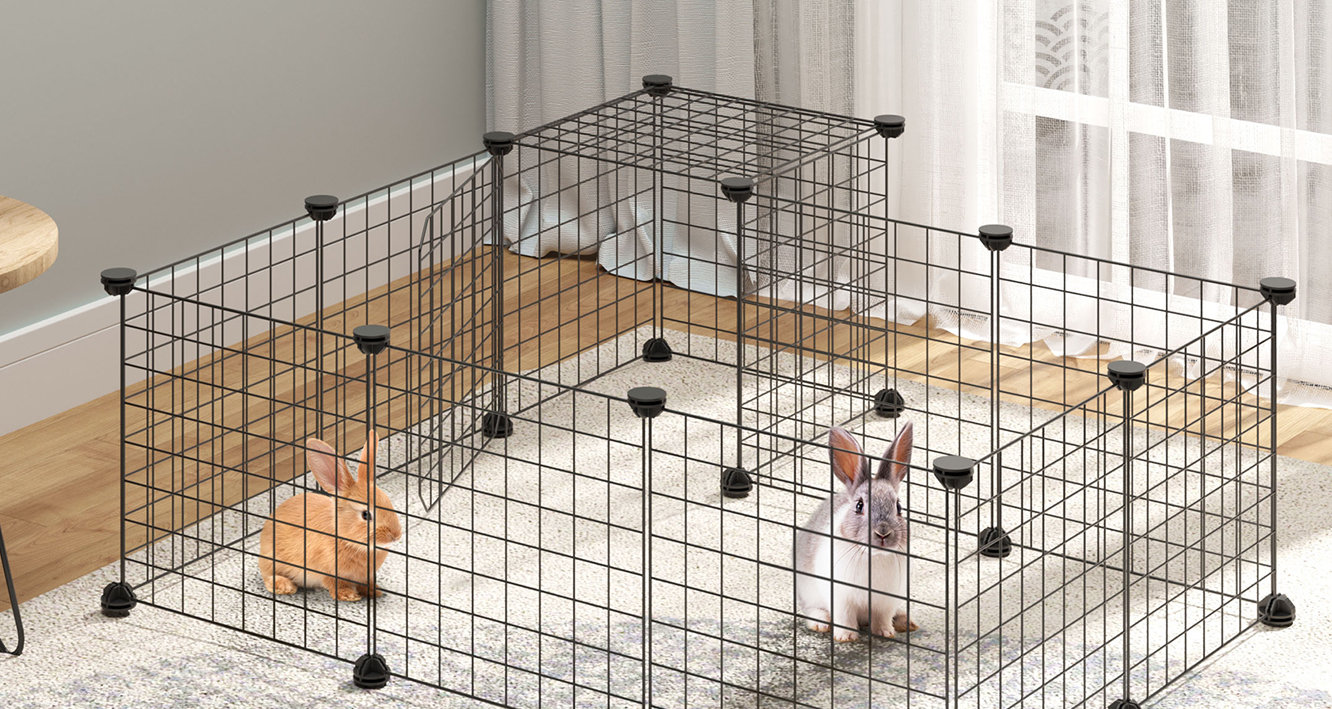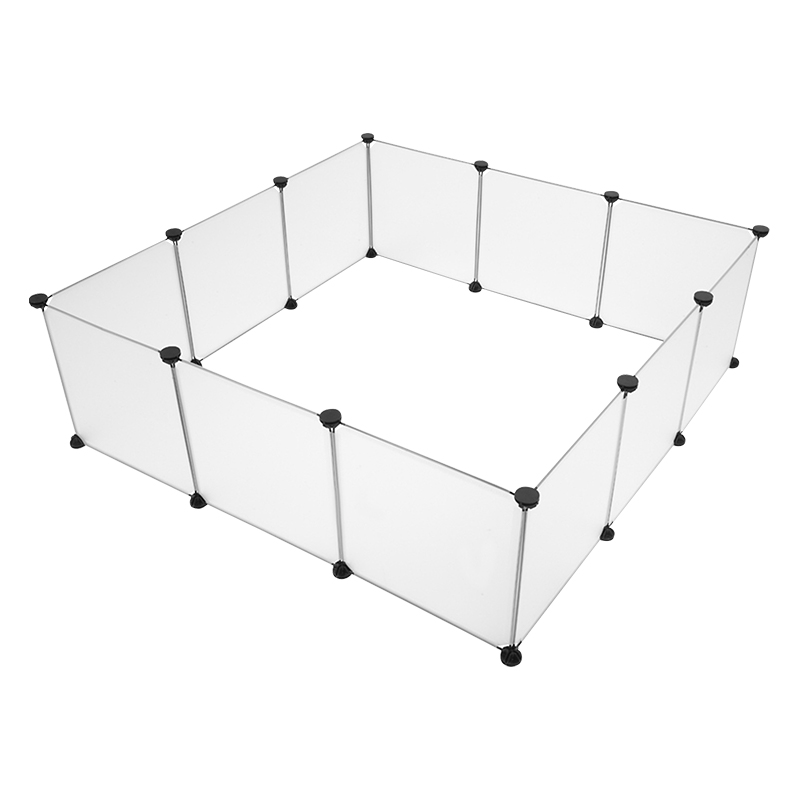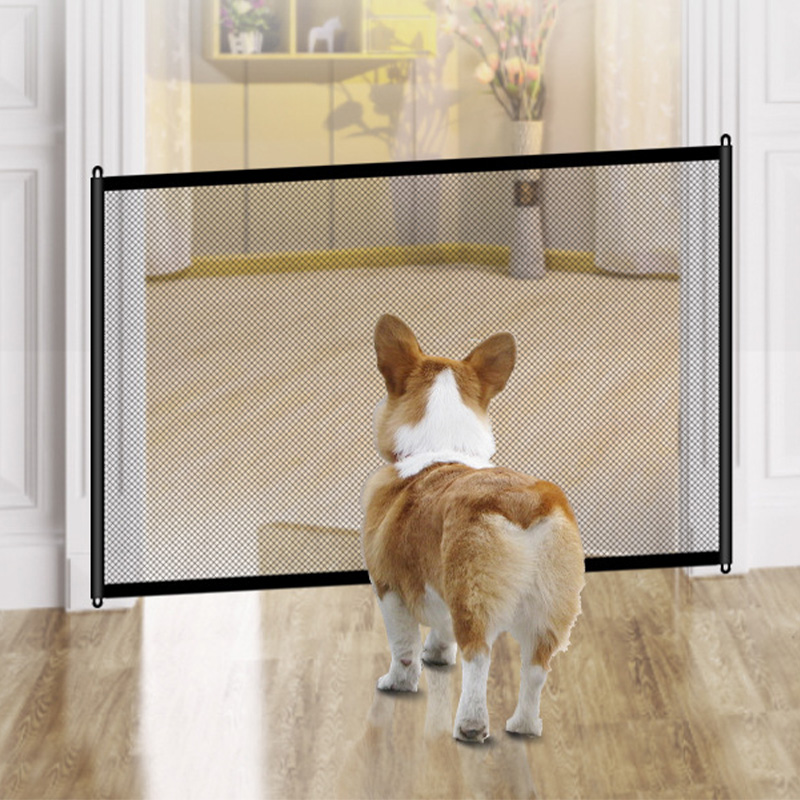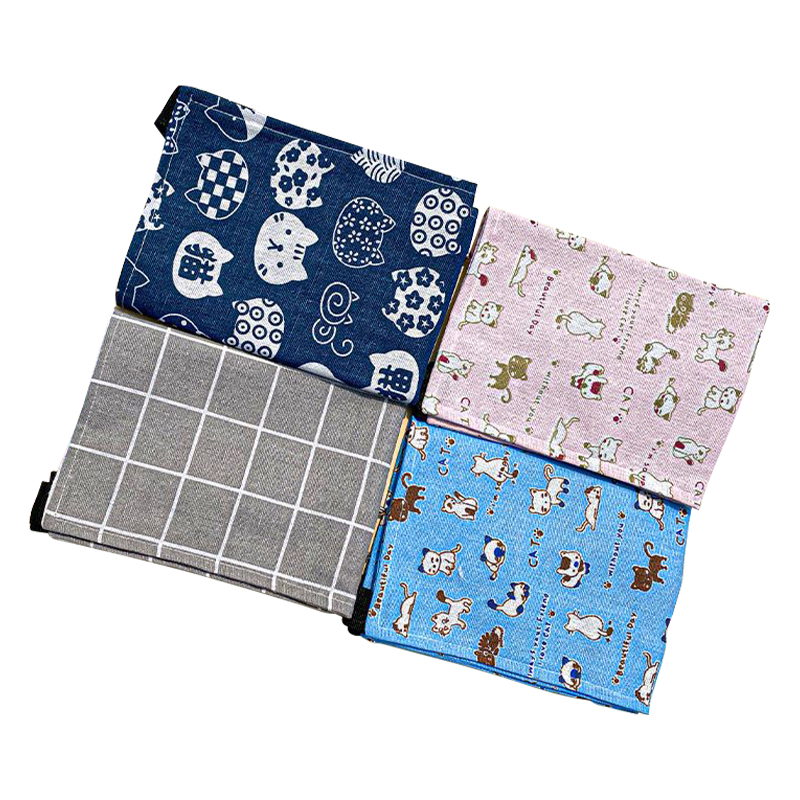As pet ownership continues to evolve, so do the expectations surrounding pet enclosures. The modern Small Animal Cage is no longer just a basic wire box—it’s becoming a thoughtfully crafted living environment. With new design approaches emphasizing comfort and adaptability, manufacturers are responding to the growing demand for pet housing that accommodates both animals’ needs and owners’ lifestyles.

One key area of innovation is the integration of mobility into the Small Animal Cage. Lightweight materials, collapsible frameworks, and modular components are making cages easier to move and reconfigure. Pet owners with limited space especially benefit from portable setups that can be folded and stored without difficulty. This trend aligns with urban living, where flexibility is a major consideration.
Ventilation and lighting are also being reimagined. Instead of solid walls or tightly spaced bars, many newer Small Animal Cage models include mesh panels or transparent sections, allowing for airflow and visibility. This not only improves the animal’s well-being but also helps owners observe behavior more closely. It’s a small but meaningful shift that supports better pet care.
Privacy and sanitation have also taken on new importance, with accessories such as the cat litter box tent gaining popularity. Originally designed to provide a discreet and enclosed place for cats to relieve themselves, these tents are now being adapted for use inside larger cages. Some pet owners place a cat litter box tent directly within a Small Animal Cage, creating a divided space that separates rest and relief zones.
The growing use of the cat litter box tent in small pet environments reflects a broader interest in modular, multi-functional accessories. With simple pop-up structures and washable materials, these tents offer both convenience and hygiene. Small pets, including rabbits, guinea pigs, and ferrets, benefit from having a covered area that mimics burrows or nesting spaces. When incorporated into a Small Animal Cage, the tent can serve as a hideaway, rest zone, or bathroom—depending on the animal's needs.
Mobility goes beyond just physical movement. Some cages now feature adjustable levels or ramp systems, allowing animals to climb and explore within a compact footprint. This supports natural behavior and reduces boredom. When paired with interior features like hammocks or a cat litter box tent, the enclosure becomes a dynamic habitat rather than a static pen.
Designers are also considering ease of cleaning, a longstanding challenge for many pet owners. Removable trays, hinged doors, and stain-resistant finishes help make the Small Animal Cage more manageable during routine maintenance. For pets who use a cat litter box tent, the containment of waste becomes even simpler, as tents are typically easy to wipe down or replace.
Safety remains a central concern. Newer cage designs are less sharp edges and exposed wires while improving locking mechanisms. This keeps pets secure without compromising the aesthetic appeal of the setup. A Small Animal Cage today can blend into home décor while still serving its primary function. Similarly, the cat litter box tent has shifted from a utilitarian item to something that fits seamlessly into modern home environments.
The modern Small Animal Cage is transforming into an adaptive, comfort-oriented space thanks to creative engineering and increased awareness of animal welfare. From better ventilation to the smart inclusion of accessories like the cat litter box tent, today’s enclosures are responding to both pet and owner preferences. As innovation continues, it’s likely that future cages will become even more tailored, supporting enriched lives for small animals in a variety of living spaces.











